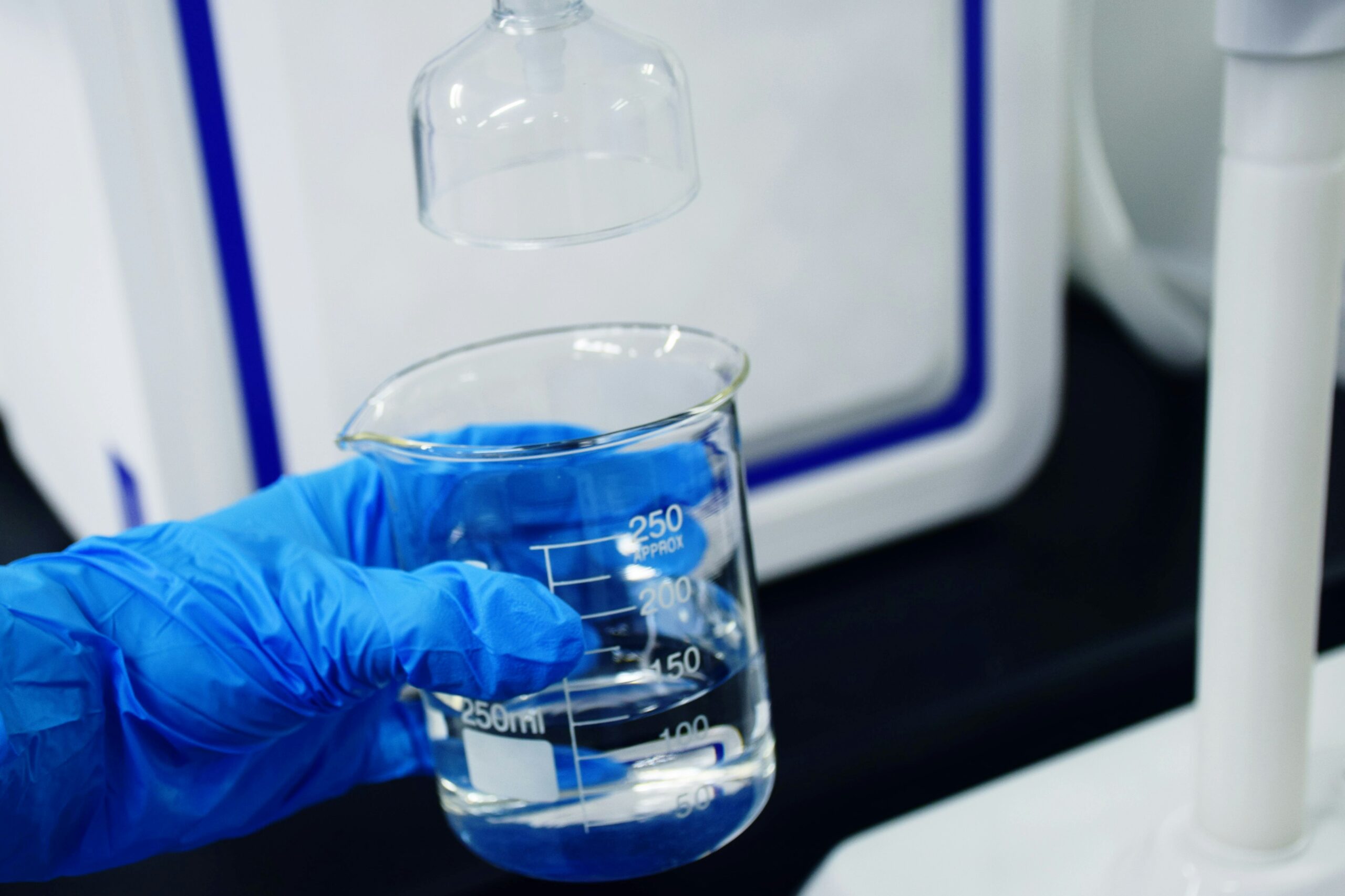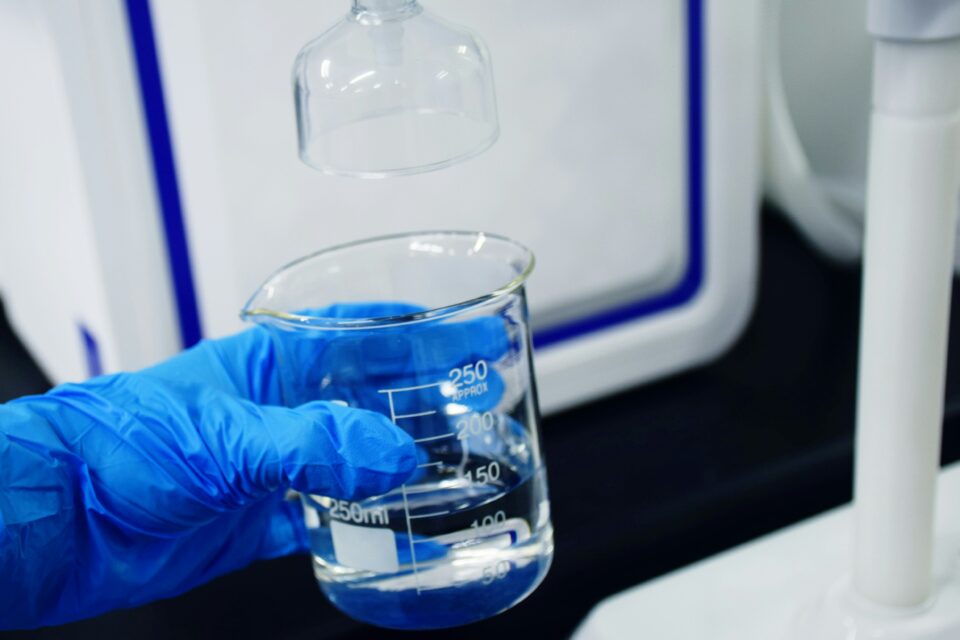An Interview with Sean Taylor, Service Manager at Connect Vending
Access to clean, fresh drinking water from a water filter system is something every employee should be able to take for granted in the workplace. Whether it’s a quick glass of cold water after a meeting or a warm cup of tea on a rainy afternoon, reliable hydration is essential for productivity and wellbeing (you can read more about the importance of hydration here!) But how often do we think about what goes on behind the scenes to keep that water safe?
We spoke with Sean Taylor, Service Manager, to uncover the hidden risks of workplace hydration and find out how employers can ensure their taps, boilers, and water vending machines remain in top condition all year round.
What are the risks associated with using a water filter system?
“Poor maintenance is the biggest risk,” Sean explains. “If water filter systems are not properly cared for, bacteria like Legionella can develop, especially in cold and ambient water units. While infections are rare, the consequences can be serious, so it’s vital that workplace water systems are regularly sanitised and monitored.”
Temperature control seems to play a role in preventing these risks. How does that work?
“Temperature is one of the simplest and most effective ways to keep water systems safe,” says Sean. “Most commercial machines are already set to the correct levels by the manufacturer. For example, the Aqua Libra Illi dispenses hot water between 85 and 95 degrees Celsius—well above the 50-degree threshold needed to prevent bacterial growth. For cold and ambient water, the key is to keep it below 20 degrees.”
This balance ensures that any bacteria present isn’t given the correct temperature window to promote growth, resulting in both hot and cold water that remains fresh and safe to drink.
What role does cleaning and maintenance play?
“Regular maintenance is absolutely critical,” Sean emphasises. “Our engineers are trained to reduce risk and ensure water is always suitable for consumption. This includes replacing filters every six to twelve months, based on usage, performing sanitisation every six months, and descaling hot water systems annually. Even with filters, limescale can build up over time—it’s not dangerous to drink, but it can damage equipment and affect water quality.”
Whether it’s a workplace tap or cooler, any machine that offers still, sparkling, or boiling water requires professional servicing to keeping things running smoothly and hygienically.
How can you be sure that these safety measures are effective?
Sean points to a proactive servicing schedule. “Our service system tracks when each filter change or sanitisation is due, and we carry out regular visits throughout the year. This gives us a clear record of completed work and helps ensure consistent quality. Engineers also use detailed risk assessments to make sure they’re applying the correct chemicals and methods to protect both users and themselves.”
What can clients do to keep their machines clean between service visits?
“Simple habits make a big difference,” Sean says. “Clients should treat the equipment like they would at home—wipe down surfaces, clean drip trays daily, and generally keep the area tidy. We provide full training at installation to help clients understand how to use and care for their machines. If needed, our engineers are always happy to provide refresher sessions.”
Conclusion
Keeping your water system safe and hygienic in the workplace doesn’t have to be complicated. With the right equipment, a regular servicing schedule, and simple daily hygiene habits, businesses can offer their staff safe, clean, and great-tasting water every day. Whether it’s hot, cold, or a lemon twist in between, staying hydrated at work should always be a safe and refreshing experience.


